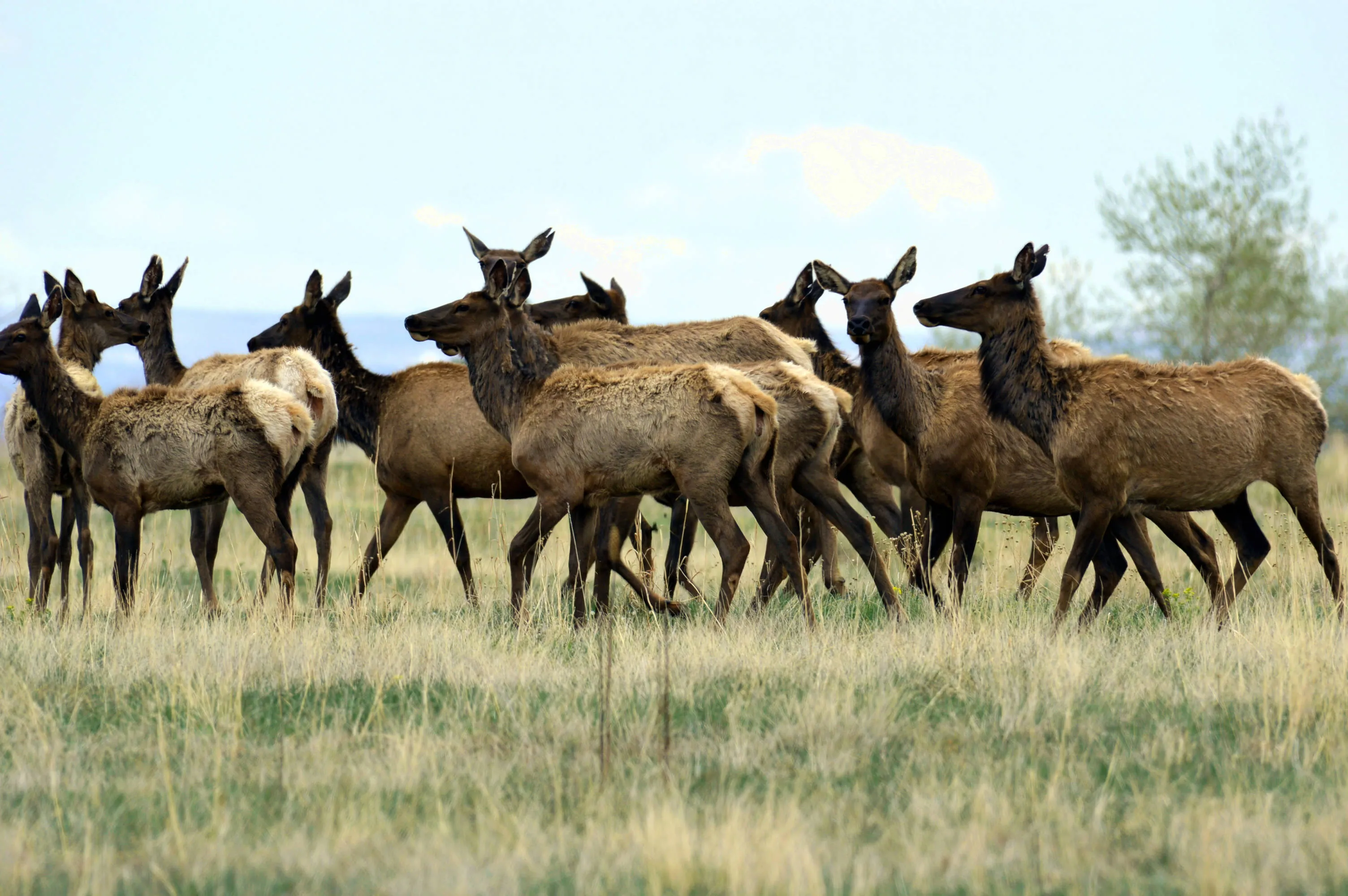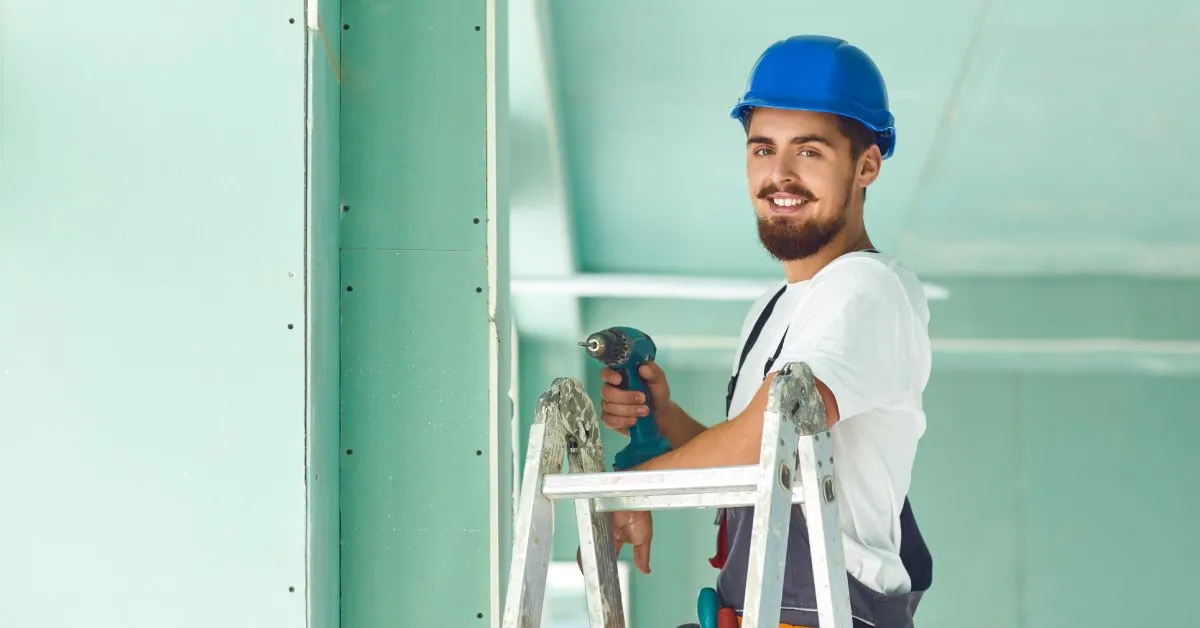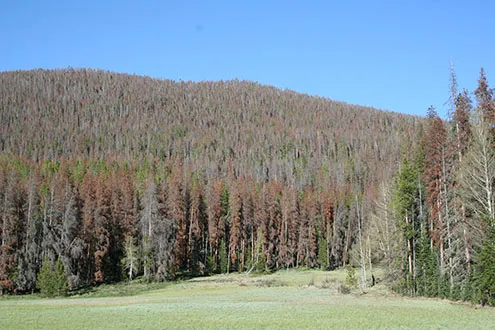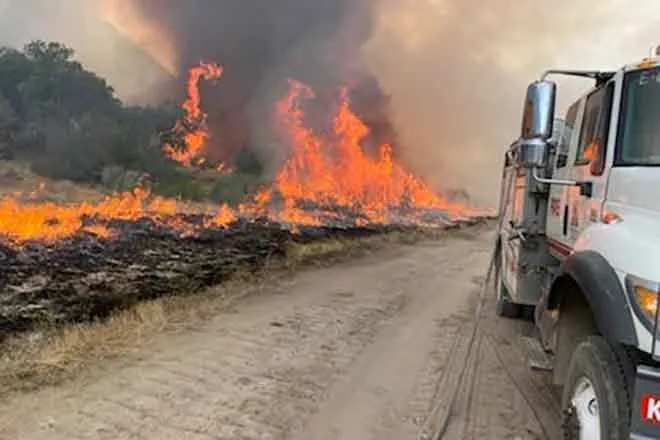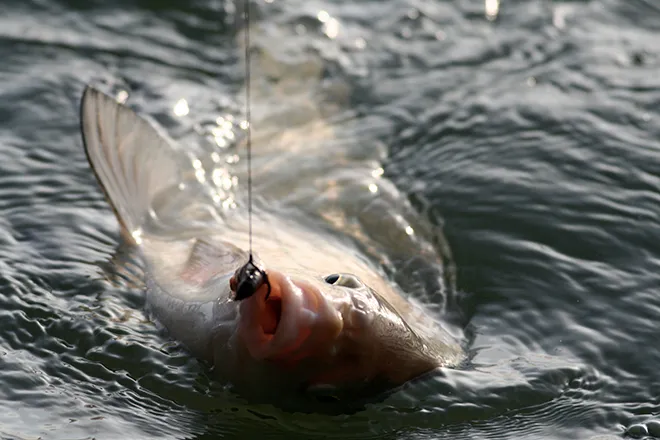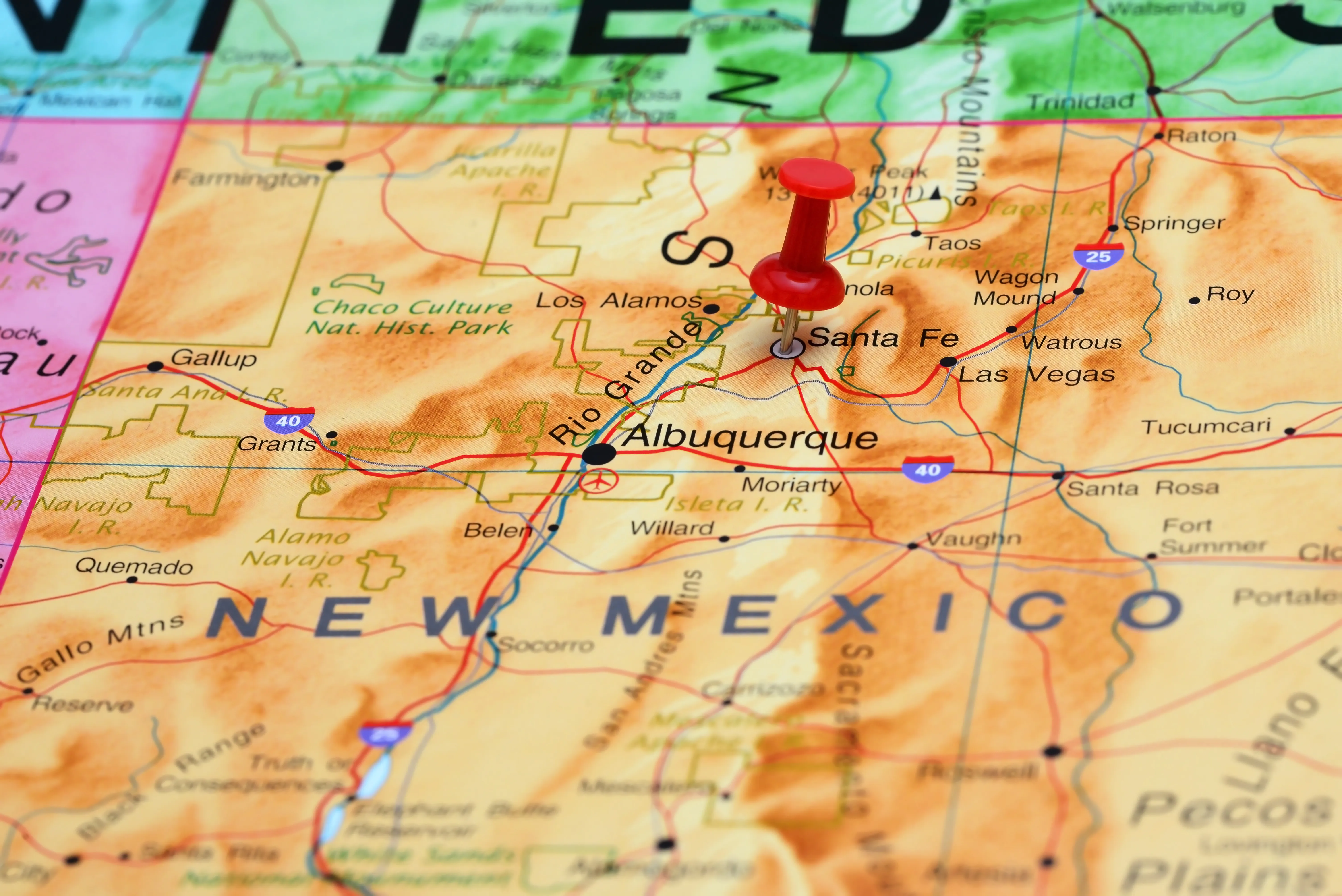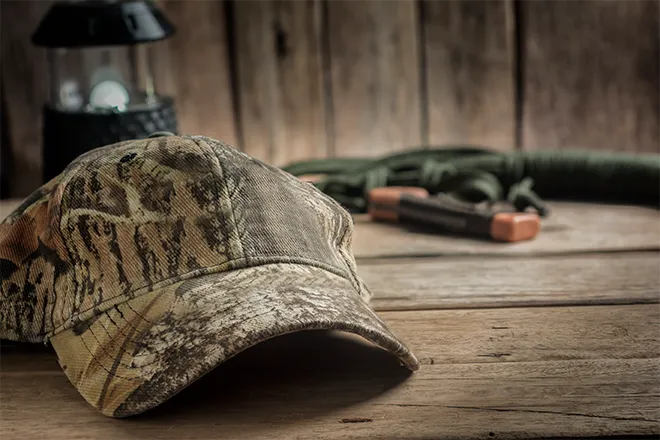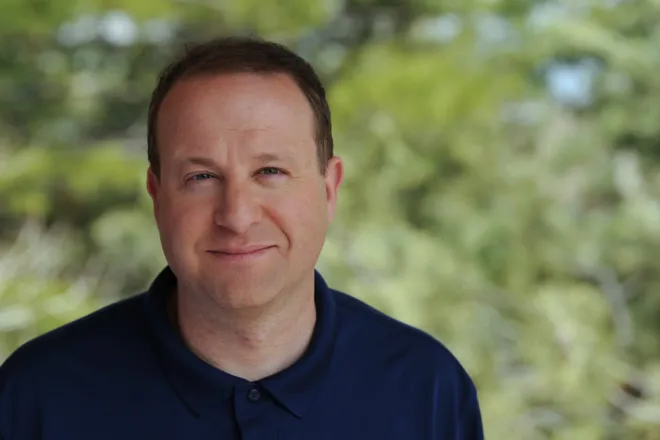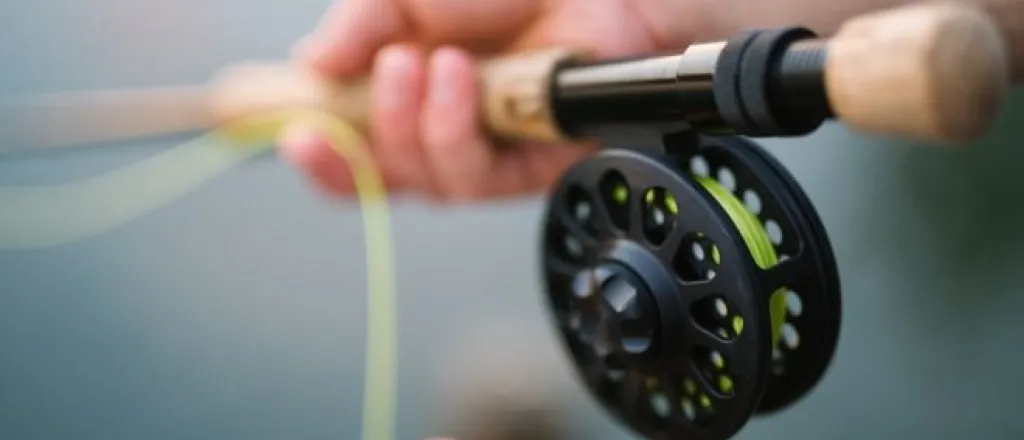
A Beginner’s Guide to Fly Fishing
Fly fishing is a hobby many hold dear to their hearts. It helps you get back to nature, is a fun way to spend a day, and can yield fish—with any luck. The best thing about fly fishing is that it’s more than just fishing; you get multiple hobbies all wrapped up into one. Check out this fun beginner’s guide to fly fishing so you can get started on your new favorite hobby today.
Step one: Acquire the right equipment
Before you start fly fishing, you’ll need the proper fly fishing equipment. Here is a list of what you’ll need to get started:
- Fly rod: You’ll need a solid fly rod to get started on your new hobby. Do some research to find the right rod for you.
- Fly reel: A fly rod is nothing without a good fly reel. Make sure you find one you can quickly learn how to handle.
- Fly fishing line: Invest in some good fly fishing line. You’ll need backing, fly line, a leader, and a tippet to start your fly fishing journey.
- Flies: It’s not fly fishing without flies. You can either invest in some or tie your own flies.
Step two: Learn what your new equipment does
Before you start using your brand-new fly fishing equipment, do some research into what each equipment piece is used for. Here is a quick breakdown of each part’s function:
- Fly rod: The fly rod is used in a similar manner to a regular fishing rod. You will need to mount a reel for the fly rod to function properly.
- Fly reel: A fly reel is used to reel in the fishing line once it’s attached. The key thing to watch out for with fly reels is that they must match the weight of your fly rod to function properly.
- Fly fishing line: Fly fishing line is very similar to regular fishing rod line. It attaches through the reel. Fly fishing line is typically heavier than regular fishing line.
- Flies: Flies are designed to look like insects that fly and land atop the water to trick fish into taking bite. Each fish requires a unique type of fly, so consulting a local fishing tackle store for direction on what kind of flies to make is best practice.
Step three: Get to fishing
Now that you’ve got your basic gear and did some research on each piece of equipment, you’re ready to get out there and try your hand at fly fishing. Head out to the water with some friends or some seasoned fly fishers and start the process of trial and error. Be patient—fly fishing takes time and determination.

